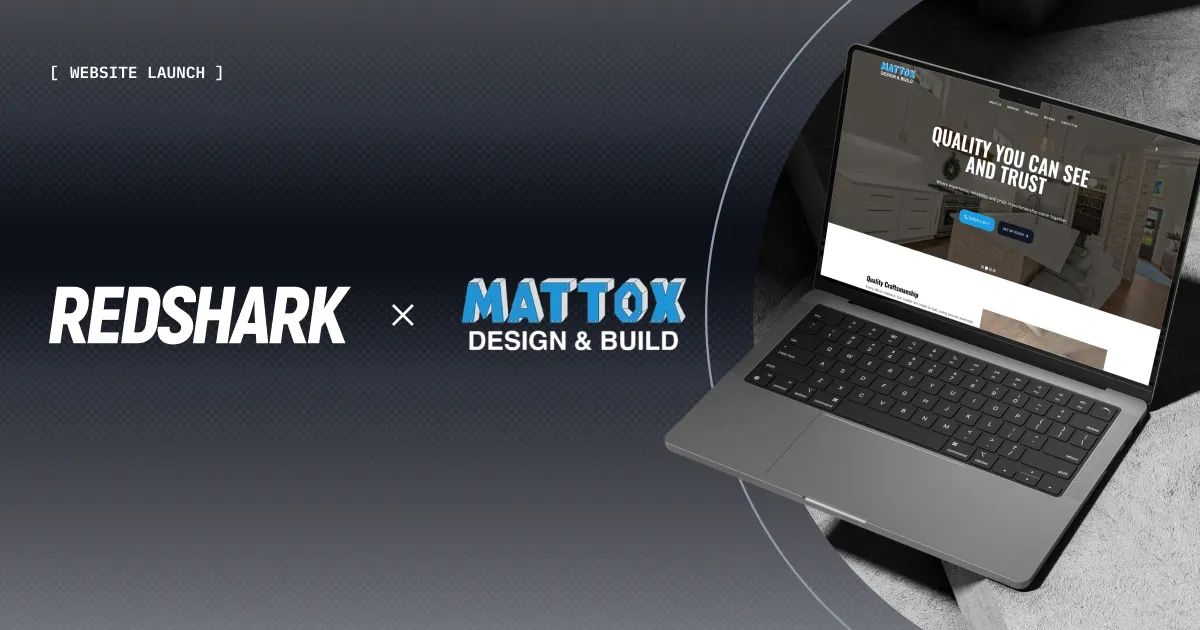
Your Online Store: Webflow vs Shopify
Your Online Store: Webflow vs Shopify
Featured & Recent Articles
Your Online Store: Webflow vs Shopify

If you are new to eCommerce and ready to start on the right path, it’s important to choose the right platform to start your online selling! There are plenty of platforms out there to choose from and it can be difficult to identify which one is the right tool for you. Today our web design agency Raleigh will be comparing two of the larger platforms in the industry: Webflow and Shopify.
Webflow is a drag-and-drop website builder that can be used for web design and web development. Webflow offers all the tools you need to create beautiful, responsive websites without any technical skills.
Shopify is an eCommerce platform that empowers entrepreneurs to build incredible businesses online. Shopify provides all the tools you need to get your business online -- from beautiful themes, powerful eCommerce features, secure payment processors, and more.
Both platforms are great for web design and web development, but they do have different uses. Webflow is geared more towards smaller companies or individuals who want full design control when developing their website. Shopify is better suited for larger companies looking for an integrated system to power their entire business from the shopping cart to customer relationship management.
Let's jump into some areas of comparison for each platform.
Store Experience
Webflow offers a fully customizable experience for buyers. Within Webflow, you can fully customize every detail within the cart and checkout experience. Again, you can do this all without having to add any extra code. It’s very simple to view open orders, and store owners can edit items right on the product page. With Webflow, you can easily create and style automated emails for your customers. Currently, Webflow only accepts payments through credit card, PayPal, Apple Pay, and Google Pay. Webflow also is fairly limited in its shipping fulfillment and can only offer basic shipping tools.
The checkout and cart within Shopify are completely dependent on what theme you choose from. They can be well-designed and a thoroughly tested checkout experience, however, what you see is what you get. You are fairly limited to what you can change unless you want to edit code. Shopify offers plenty of options and tools within their dashboard and they make order fulfillment very easy on the store owner. Shopify supports a very large array of payment options and has very advanced shipping capabilities. Shopify can provide automated shipping calculations along with the ability to print shipping labels.
Design Features & Code
It’s important to start out by saying that both Webflow and Shopify are eCommerce solutions that don’t require any coding to start.
One of the best aspects about Webflow is that its platform provides users with complete design freedom. You can use its interaction and animation tools to create a site that really brings your store to life. Webflow’s designer does come with a bit of a learning curve.
On the other hand, Shopify offers well-designed but restrictive templates. The templates look beautiful and are built fairly well, however you may have a similar-looking site to your competitor. To change these templates, you would need to familiarize yourself with the Liquid template language within Shopify. Due to the template nature, you can have your site up and running in no time at all.
Content & SEO
Driving traffic to your store is important, and to do that online you need an eCommerce platform that is SEO friendly and is flexible enough to make content marketing easy.
Webflow has a flexible content management system that is very flexible and completely custom. You can use their CMS to publish blog posts, testimonials/reviews, and case studies. One thing that sets Webflow apart is its ability to dynamically create SEO-friendly title tags and meta descriptions.
Shopify supports best SEO practices by allowing users to have customizable H1 tags and title/meta descriptions. Shopify also optimizes search by providing pages with SEO-friendly URLs. Both platforms offer a wide variety of marketing integrations. Webflow has integrations for Facebook, Instagram, and Mailchimp, while Shopify features an extensive library of plugins and integrations.
The Verdict
Shopify is by far one of the most impressive eCommerce platforms available in the industry. It has plenty of features and reaches to meet the needs of any online seller. If you’re unable to access a certain functionality within Shopify, then there is a good chance that you can download one of their many plugins to help out.
On the other hand, Webflow offers its users complete control over the design aspect of their site. Webflow is still early on in its eCommerce capabilities, but what they lack in that department they make up with their full web design control.
Webflow has a design-first focus, while Shopify is focused on the total eCommerce experience. If you are looking for an all-inclusive solution then contact Red Shark Digital, your web design agency Raleigh, so we can get you on the right track.














.png)




.png)
.jpg)



